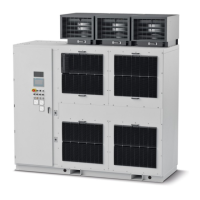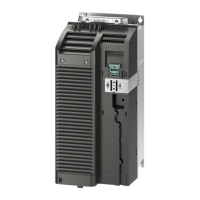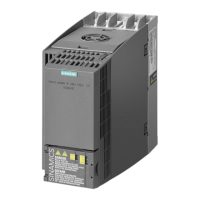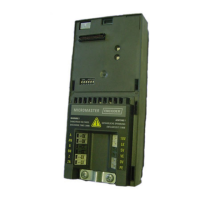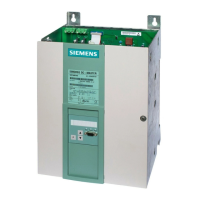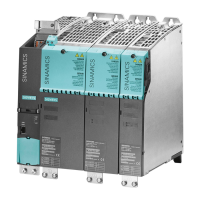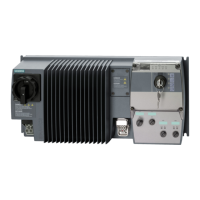The Keypad and Display Interface Perfect Harmony GENIII/e User’s Manual
3-2 A1A19000405A: Version 1.3
3
Figure 3-1: The Keypad and Display Interface of the Perfect Harmony Series
The Perfect Harmony keypad contains 20 keys. Each of these keys has at least one function associated with it. Some
keys are used for 2 or more functions. The following sections give descriptions and uses for each of the keys on the
keypad, as well as the diagnostic LEDs and the built-in display.
3.2.1 Fault Reset Key
The [FAULT RESET] key is located in the top left corner of the keypad and has two built-in functions. Function one
is to clear fault conditions that may occur in the Perfect Harmony system. Function two is to acknowledge alarm
conditions that may occur in the Perfect Harmony system. Faults refer to fatal errors that have been detected by both
the hardware and software, and prevent the drive from running. Alarms refer to nonfatal errors that have been
detected by both the hardware and software and, as such, do not prevent the drive from running. However, alarm
conditions that are ignored may ultimately lead to a fatal fault. The current alarm/fault status of the drive is displayed
by the Fault indicator LED located above the keypad and display (refer to Figure
3-1).
When a fault condition occurs, the fault indicator glows red continuously. To reset the system:
• Determine the cause of the fault (see the display or check the Alarm/Fault Log).
• Correct conditions that may have caused the fault, if appropriate.
• Reset the system by pressing the [FAULT RESET] key on the keypad.
When there are no fault conditions and an alarm condition occurs, the fault indicator flashes red. To acknowledge the
alarm conditions, the operator must:
• Determine the cause of the alarm (see the display or check the alarm/fault logger table).
• Correct conditions that may have caused the alarm, if appropriate.
*
Note: Parameter values are stored in a Flash Disk: a non-volatile memory area. When a parameter value is
changed, the new value is saved internally. Even after a power failure, the value remains intact and can be
recalled.
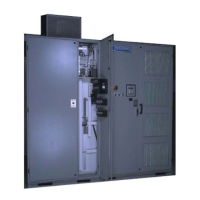
